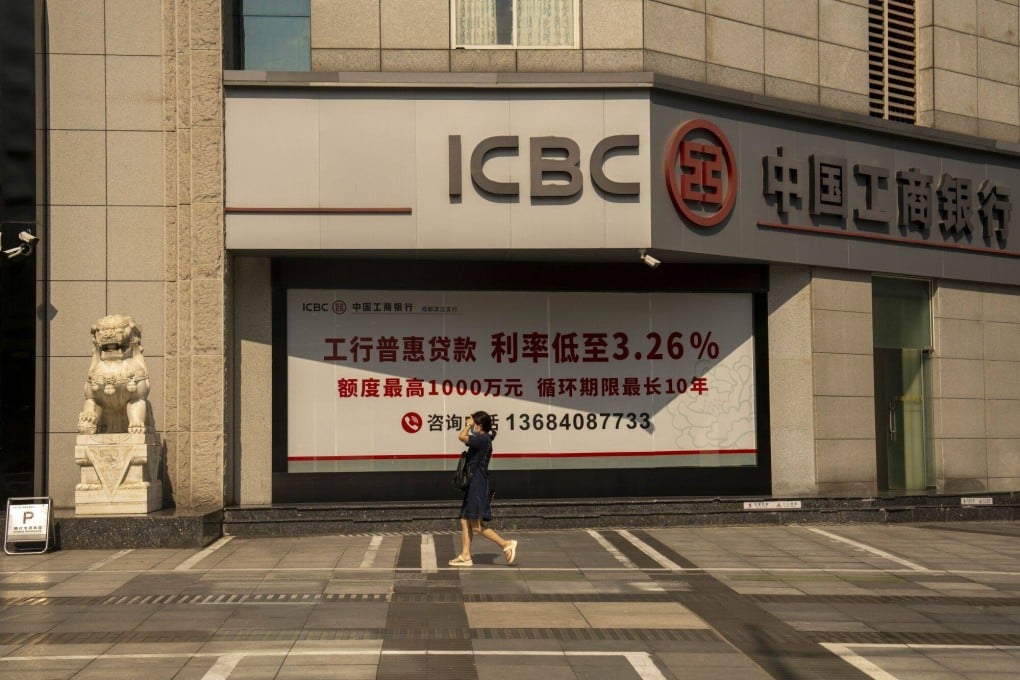China’s state-owned banks face thinner margins amid Beijing’s call to support economy
At a time when the country faces unprecedented challenges, these state-owned banking giants show their importance as the economy’s lifeline

The bank’s net interest margin (NIM), a key gauge of a lender’s profitability, narrowed to 1.43 per cent from 1.72 per cent last year. Meanwhile, its non-performing loans (NPL) ratio – an indicator of a bank’s asset quality and credit risks – slipped to 1.35 per cent from 1.36 per cent.
“In the second half of the year, bank profit margin NIM will be under further pressure if the loan prime rates (LPRs) drop again,” said Li Ying, head of financial institutions ratings at S&P Global (China) Ratings.

“We expect Chinese banks’ NIM in 2024 to be from 20 to 25 basis points lower than in 2023, but the degree of NIM drop in the second half of the year will be much more moderate, as NIM is already at a low level,” S&P’s Li said.
